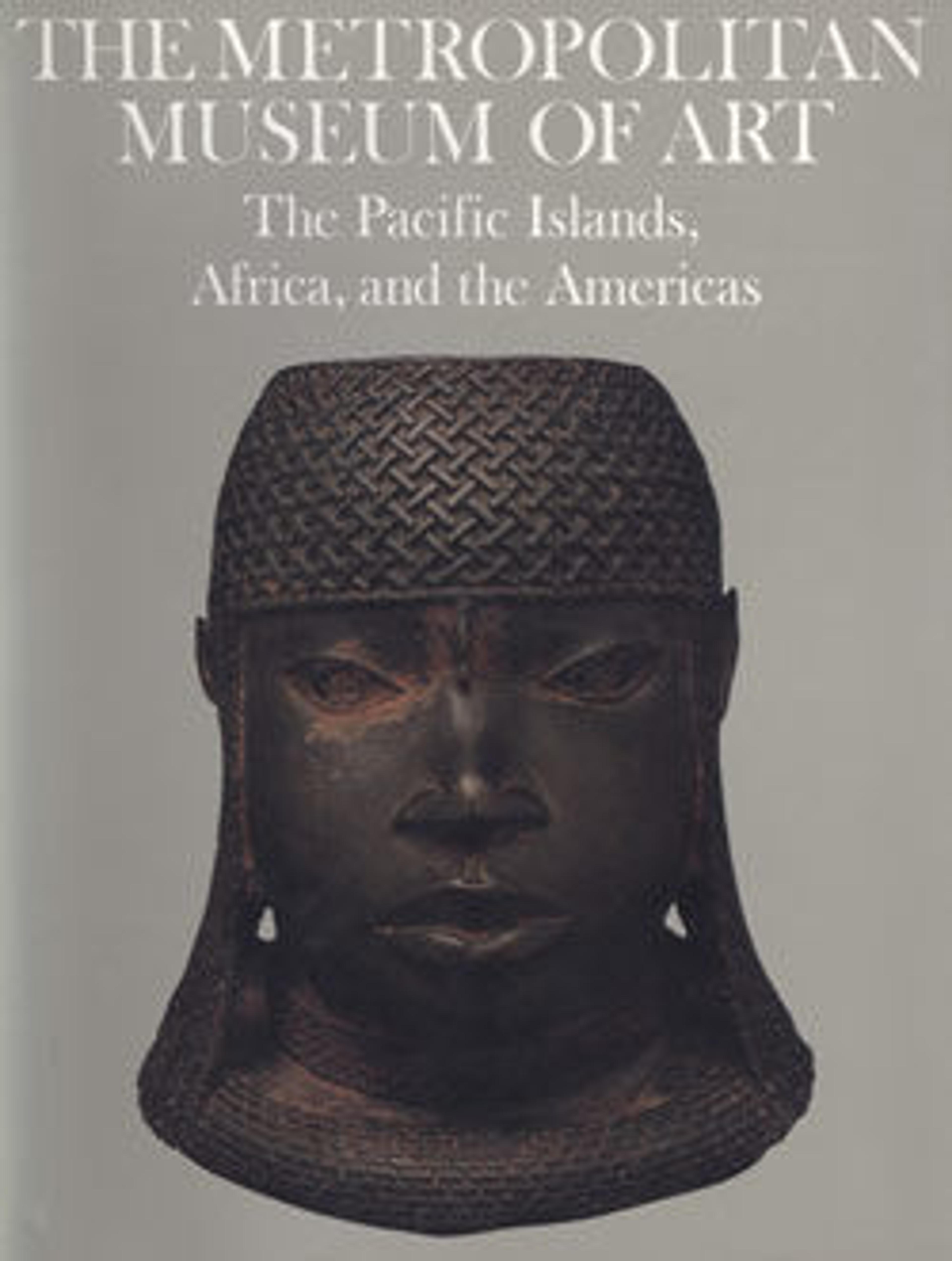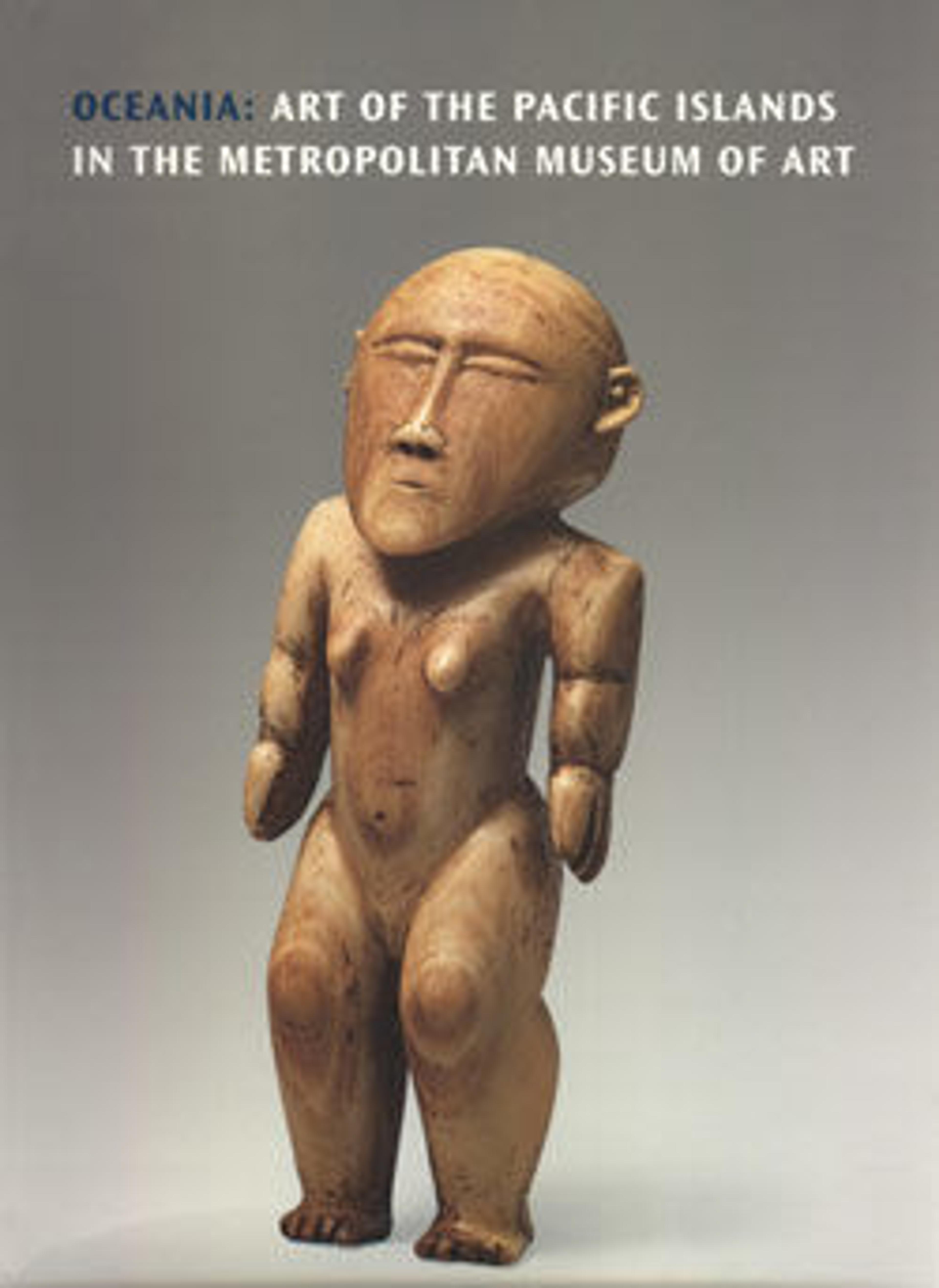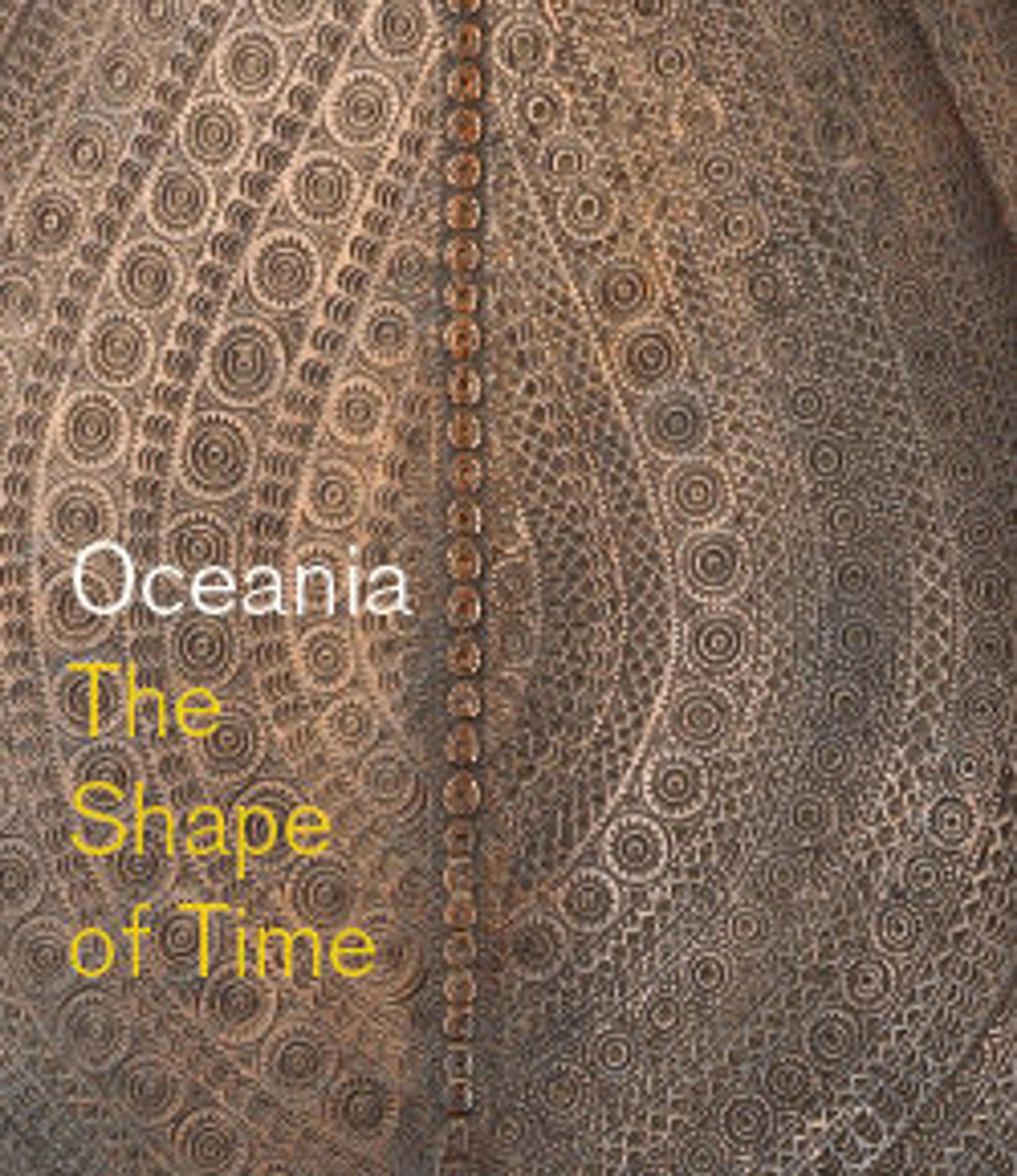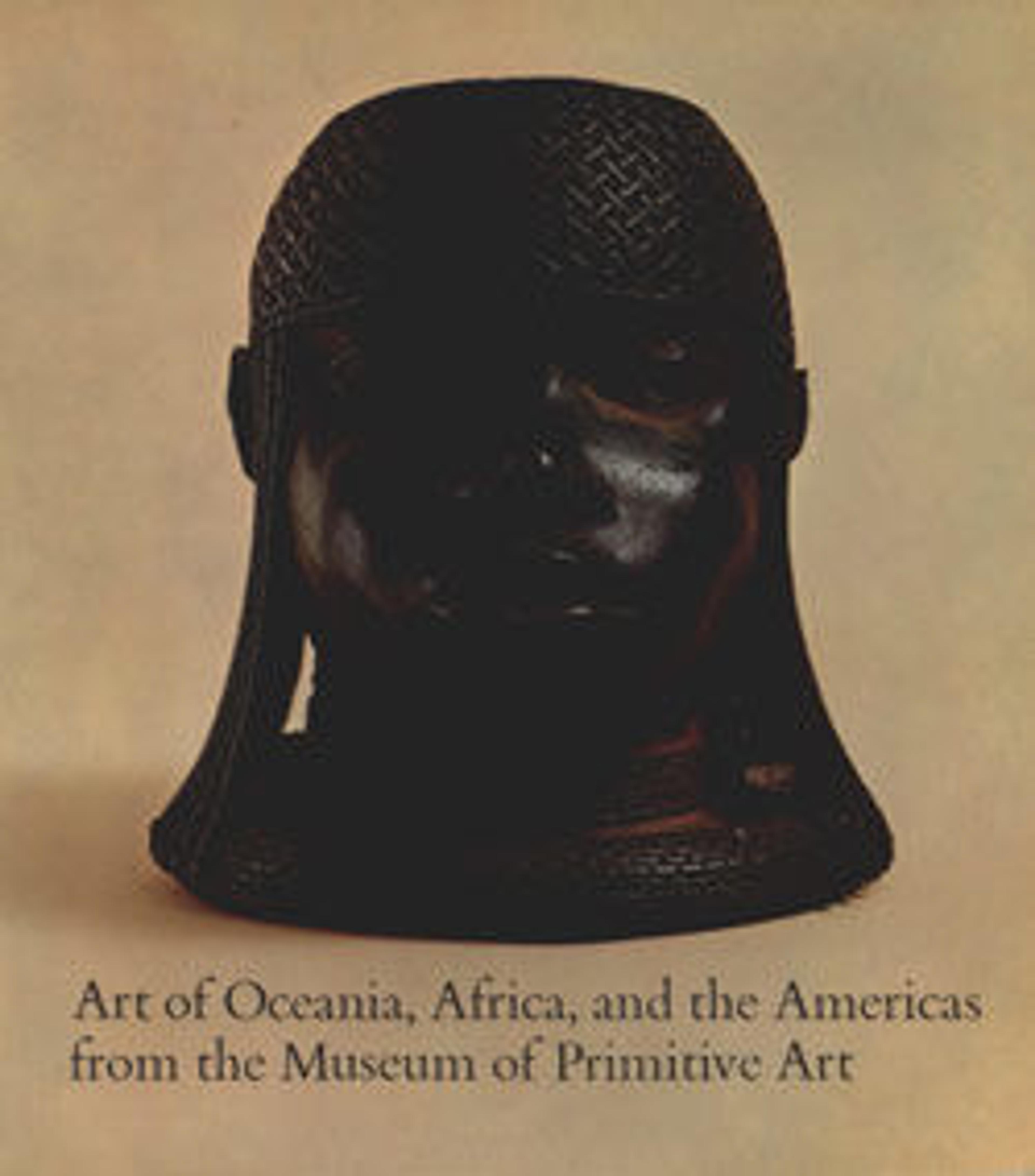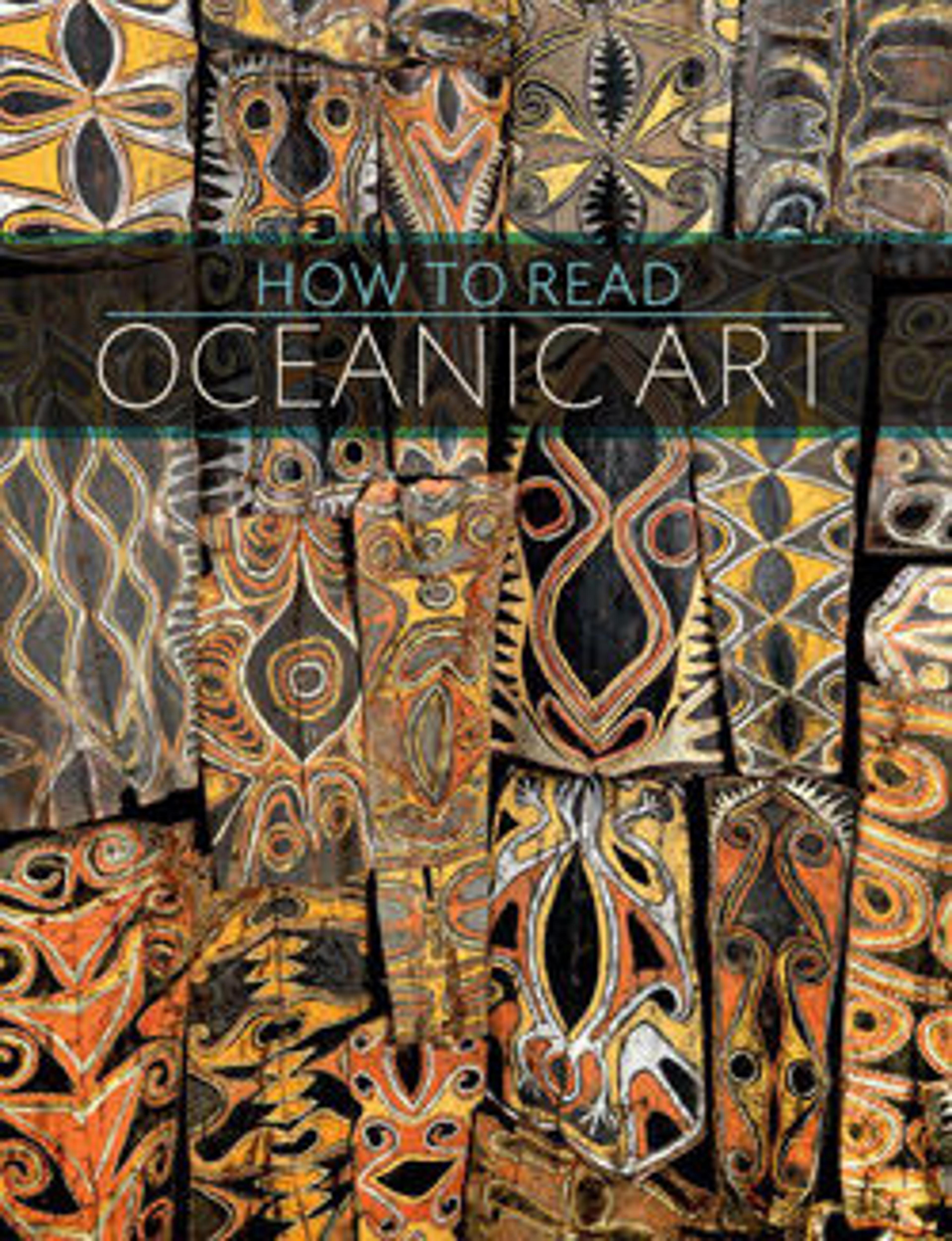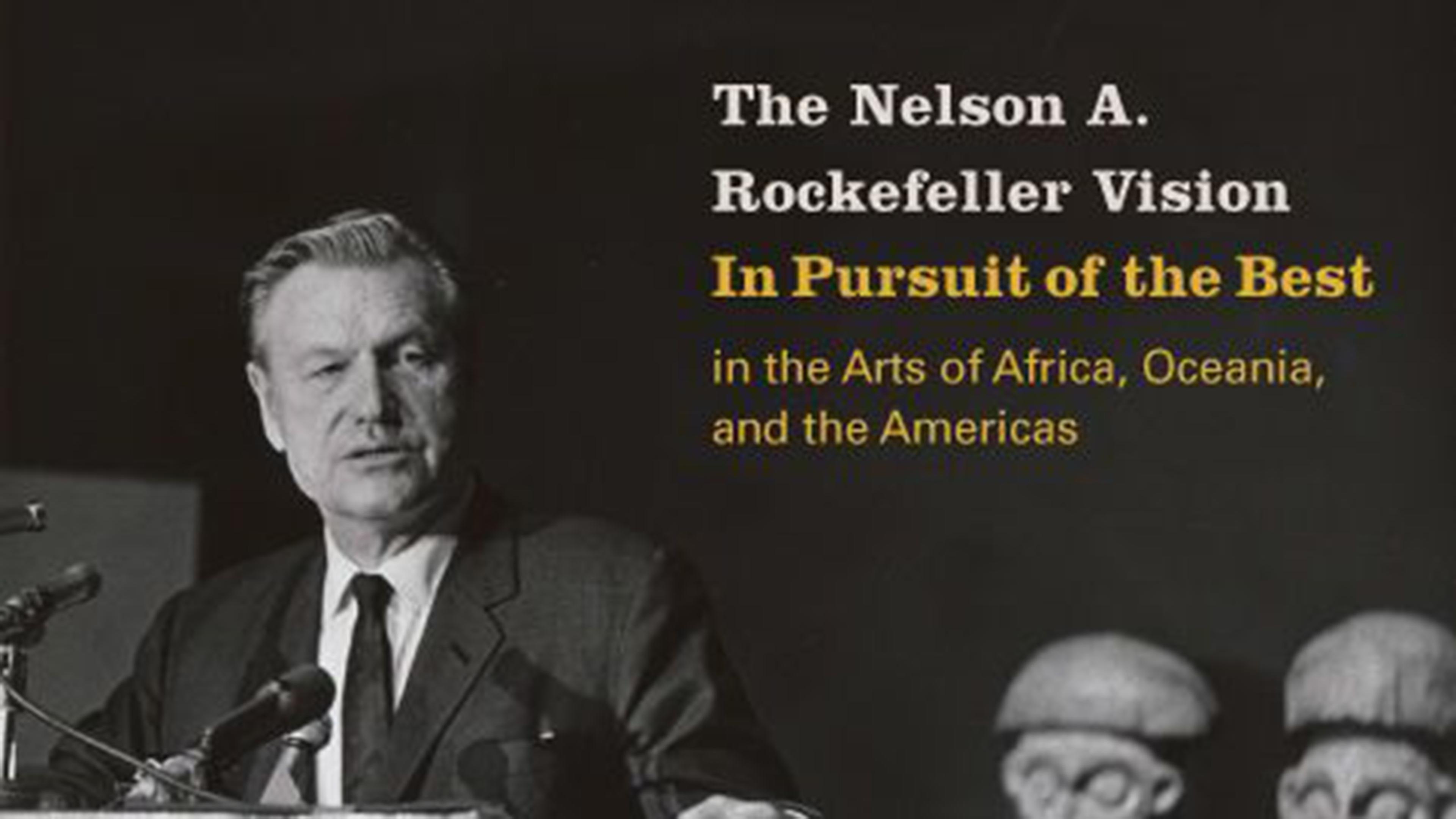
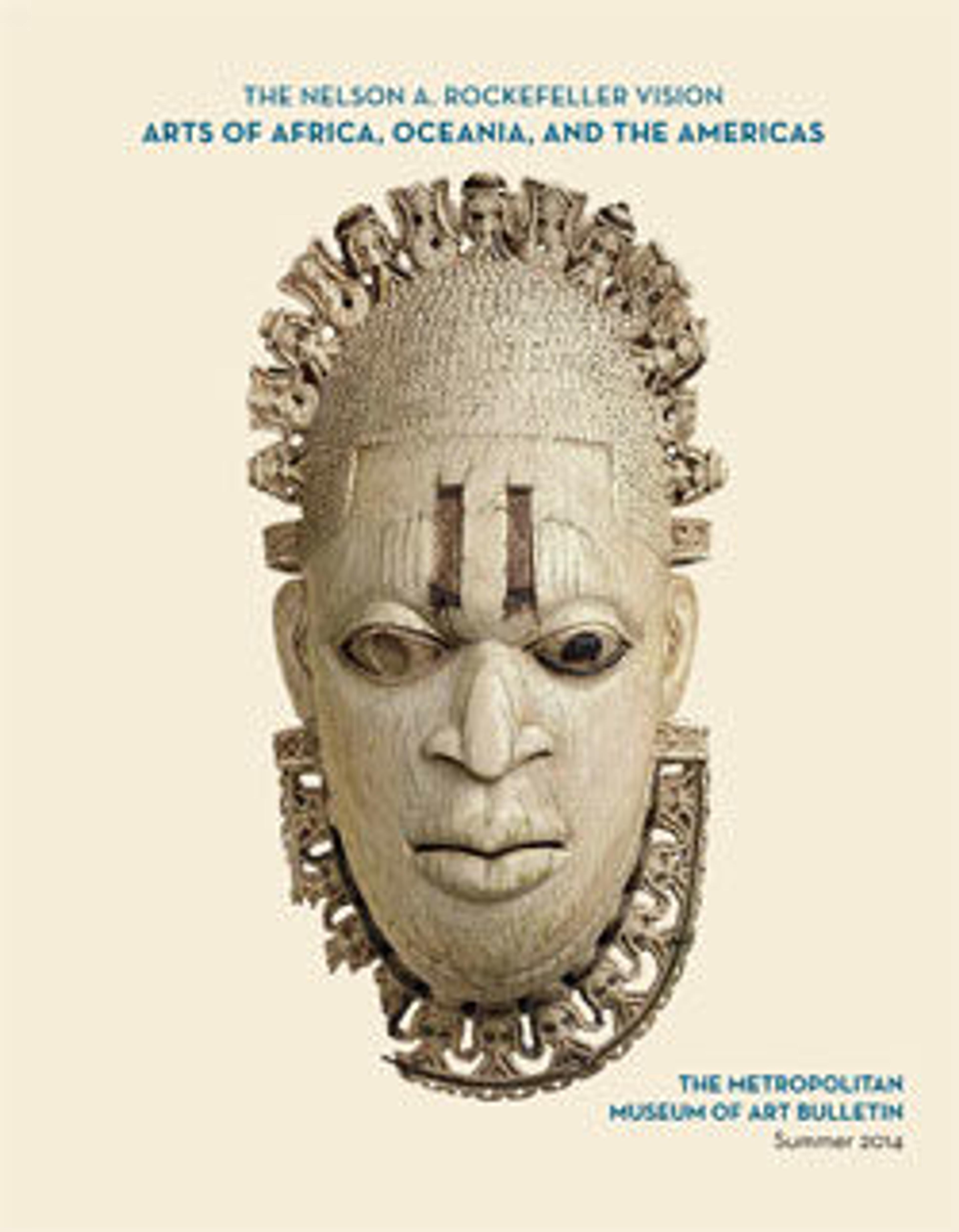
"The Nelson A. Rockefeller Vision: Arts of Africa, Oceania, and the Americas"
This Bulletin and the exhibition it accompanies, "The Nelson A. Rockefeller Vision: In Pursuit of the Best in Arts of Africa, Oceania, and the Americas," reflect on an extraordinary act of philanthropy that was also a catalyst for momentous change in the art world. In establishing the Museum of Primitive Art (MPA) in 1956—the precursor to what is today the Department of the Arts of Africa, Oceania, and the Americas (AAOA) at the Metropolitan Museum—Nelson Rockefeller was a true pioneer, assembling what remains the greatest collection of fine art from these disparate fields. Perhaps even more important than this singular achievement, however, was Rockefeller's long campaign to place his collection at the Metropolitan Museum as a gift to the city and to the world, which he finally achieved in 1969 after nearly forty years of effort.
Rockefeller's gift carried the unequivocal message that artists from Africa, Oceania, and the Americas are equal in every respect to those of their peers across the globe and throughout history. Yet until that time there was, famously, skepticism in the Western art world on this point as well as resistance from earlier generations of Metropolitan directors in viewing non-Western art as part of the institution's mission. Relying on his formidable powers of persuasion, Rockefeller eventually brokered an agreement to transfer the collections, staff, and library of the of the MPA to the Metropolitan, an astounding triumph that fundamentally changed the character of the museum, making the collections truly encyclopedic.
Met Art in Publication
You May Also Like
Press the down key to skip to the last item.
